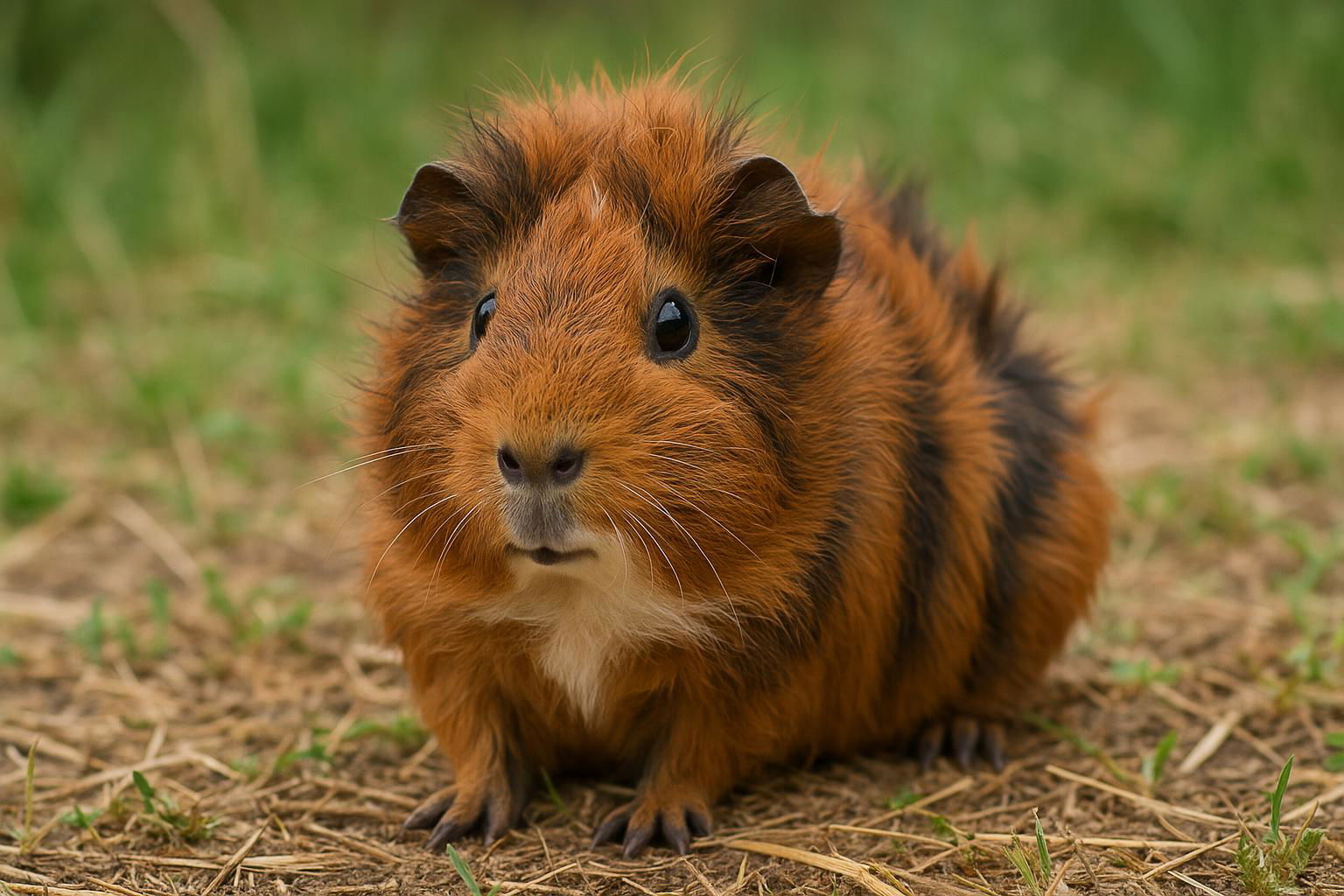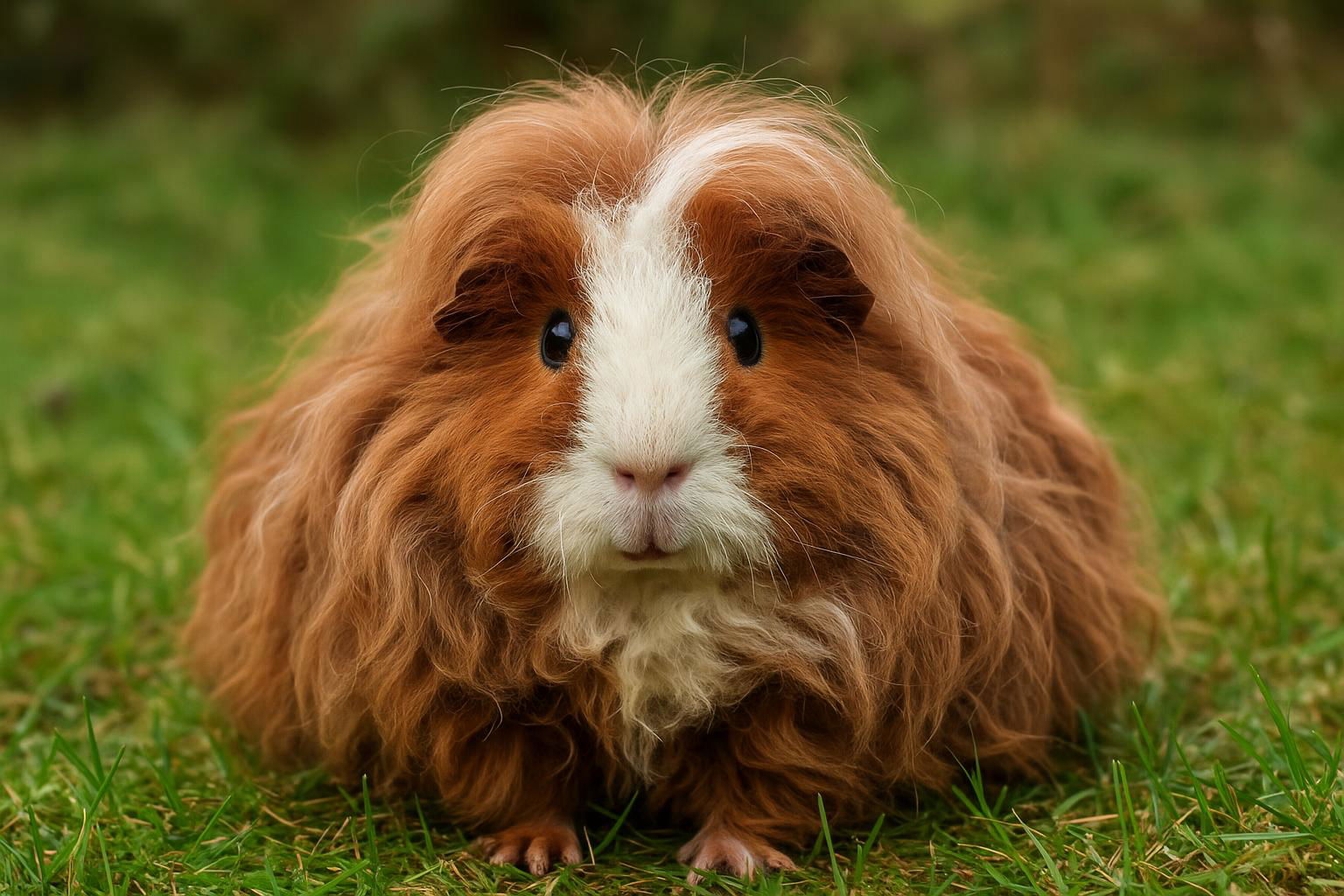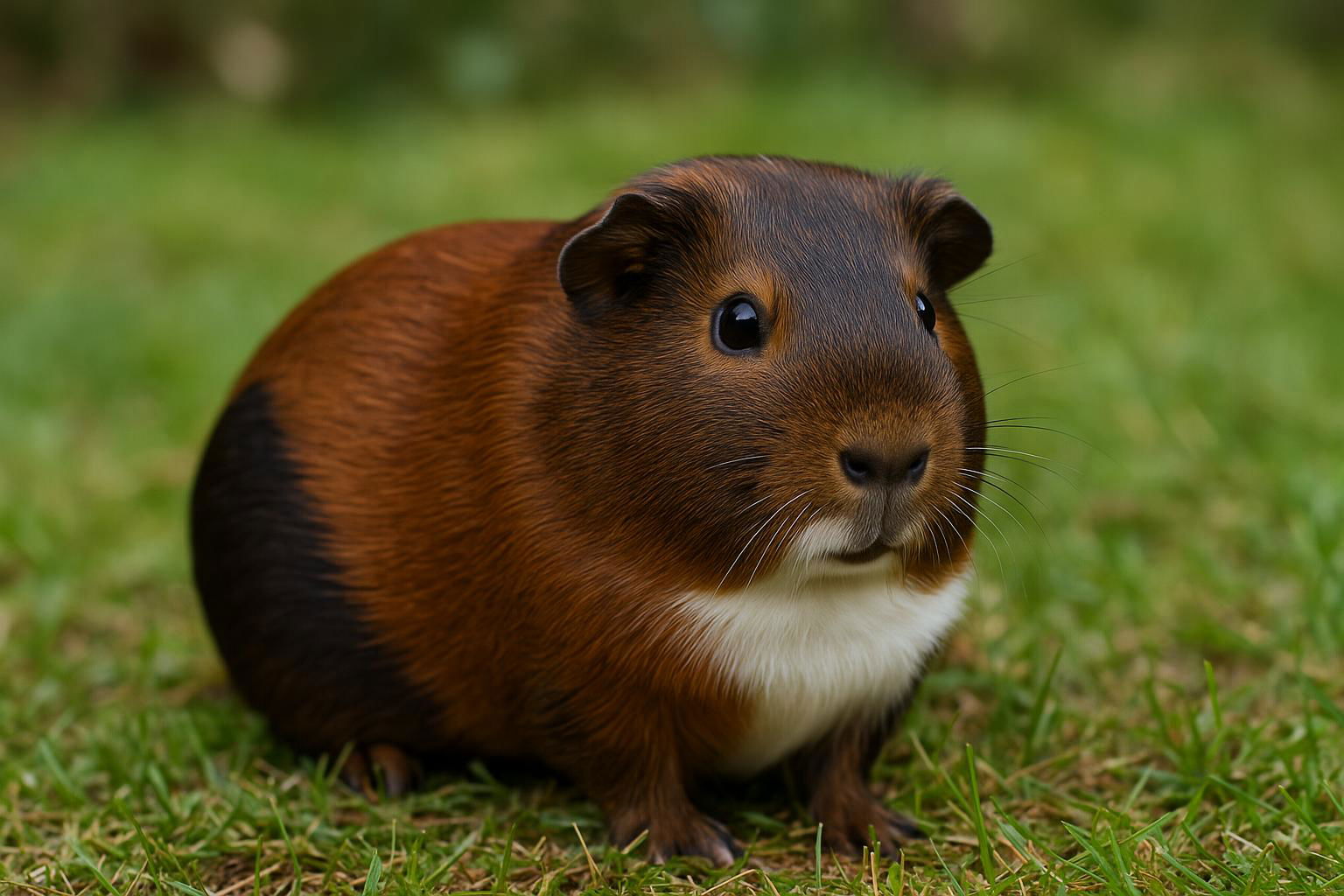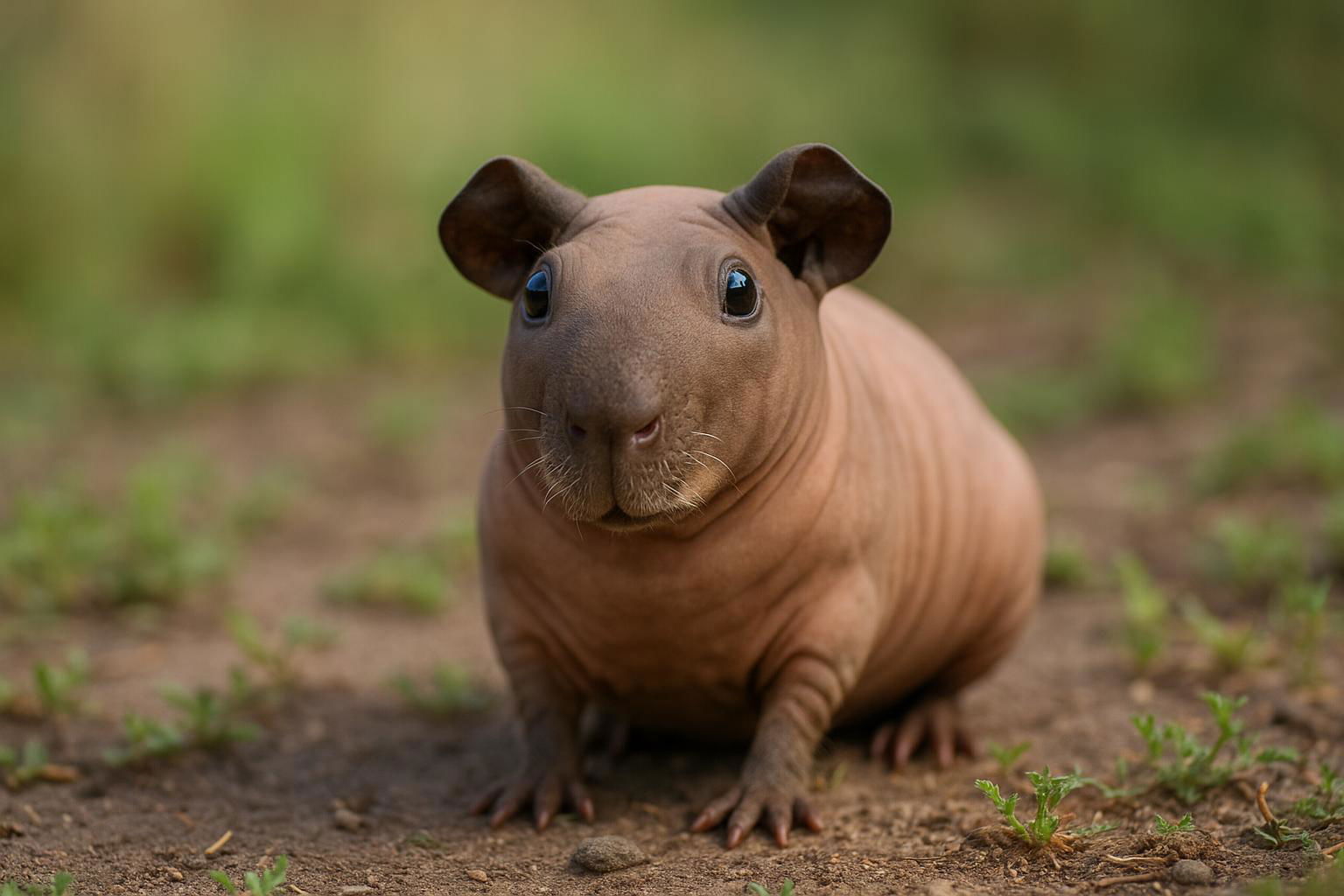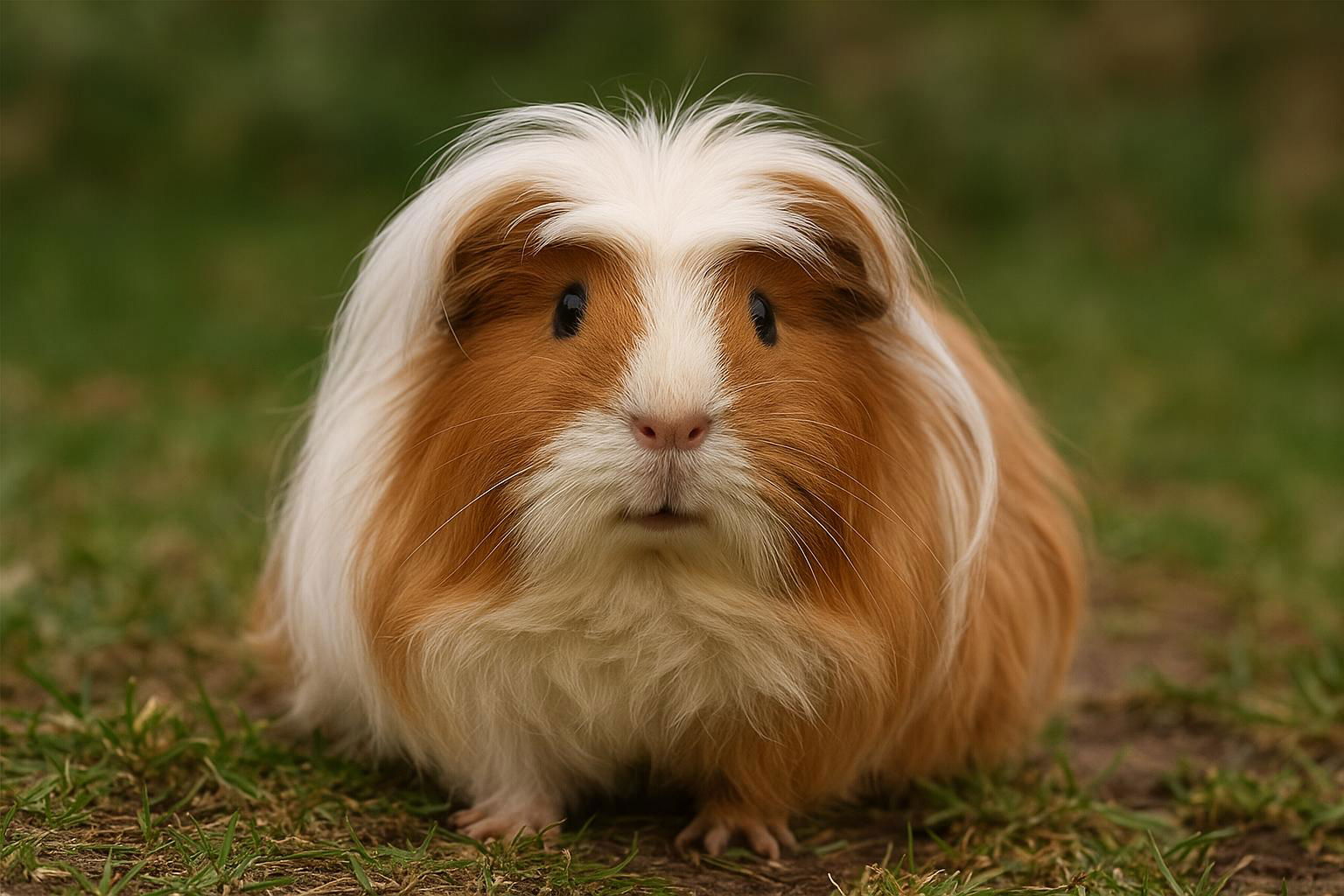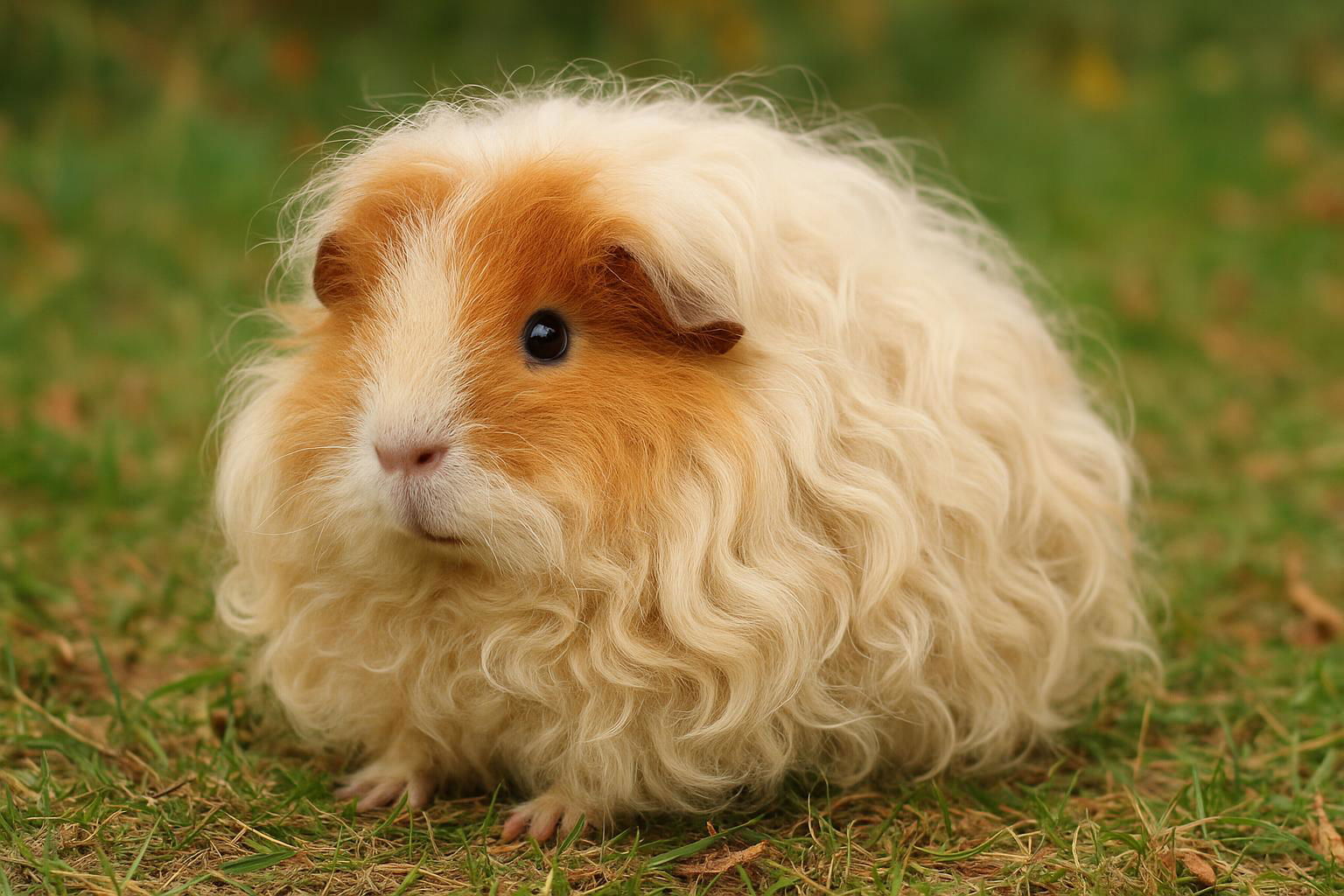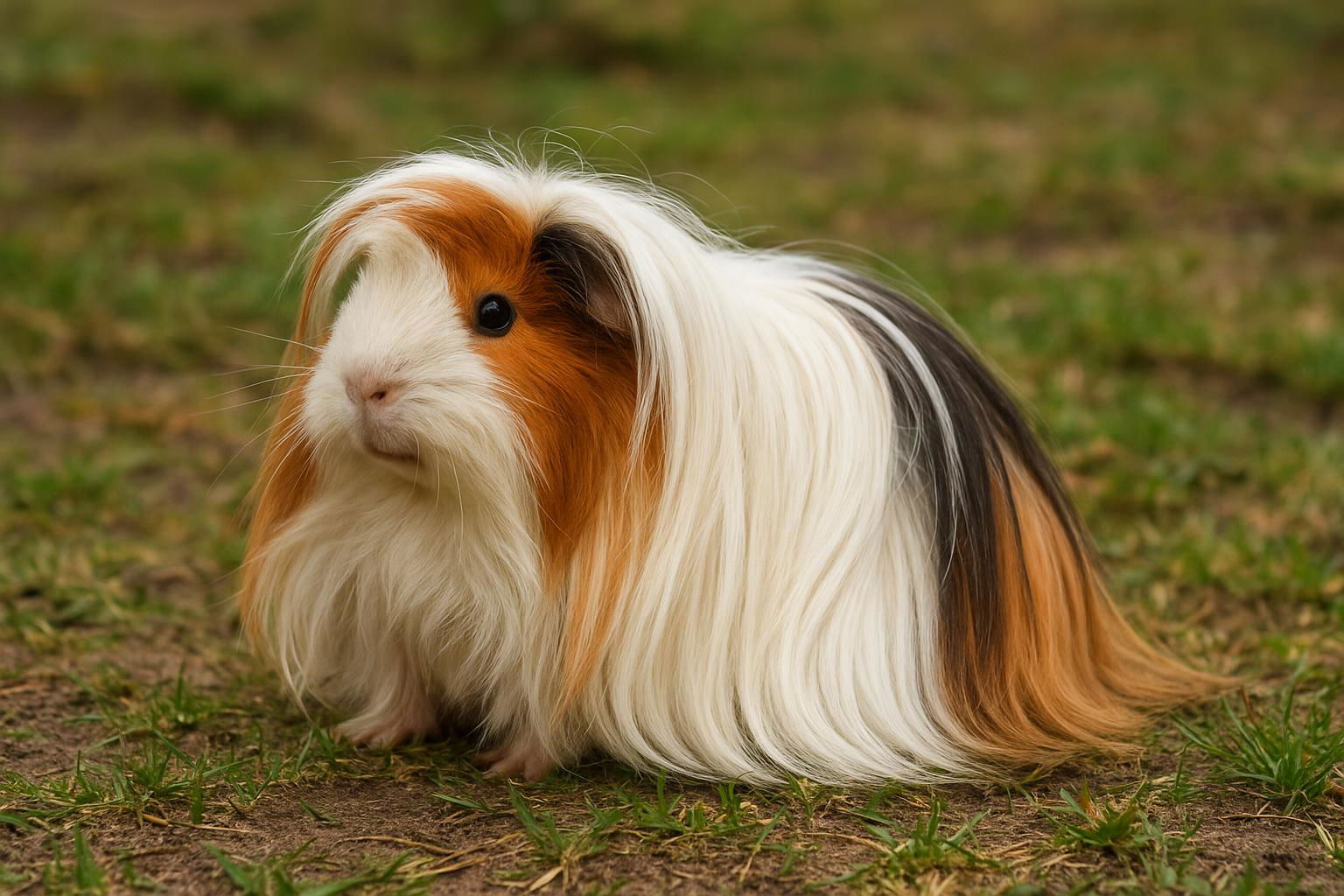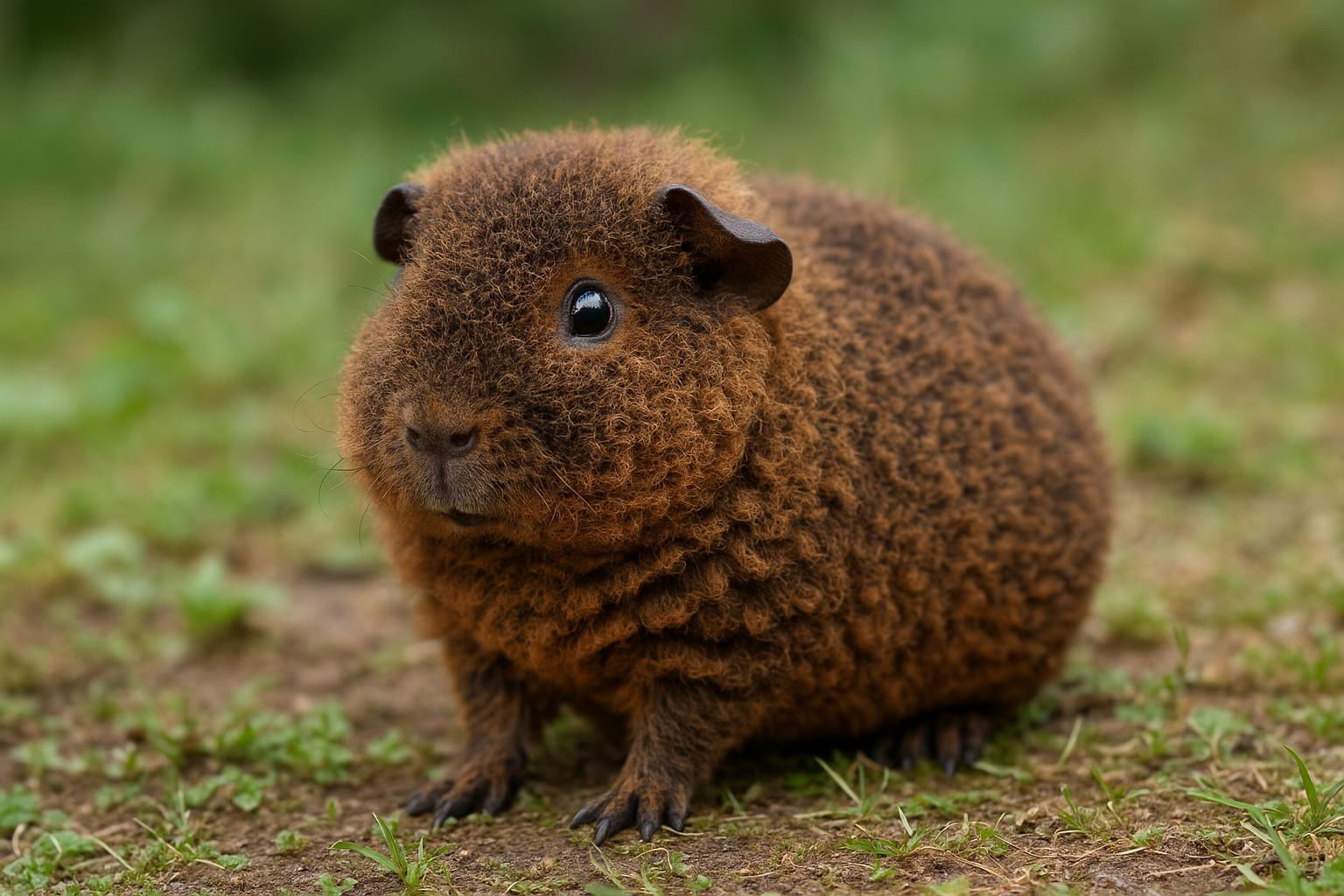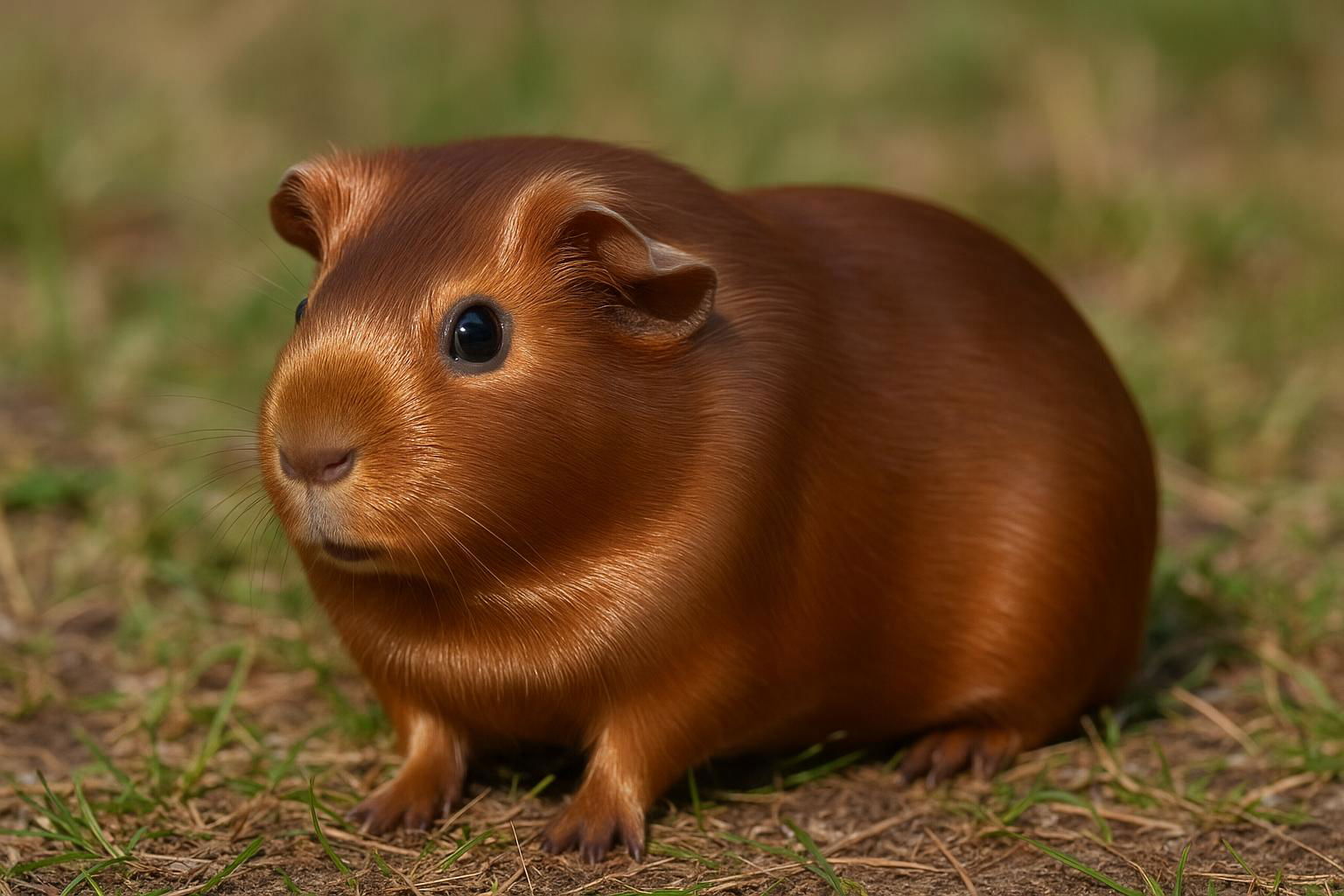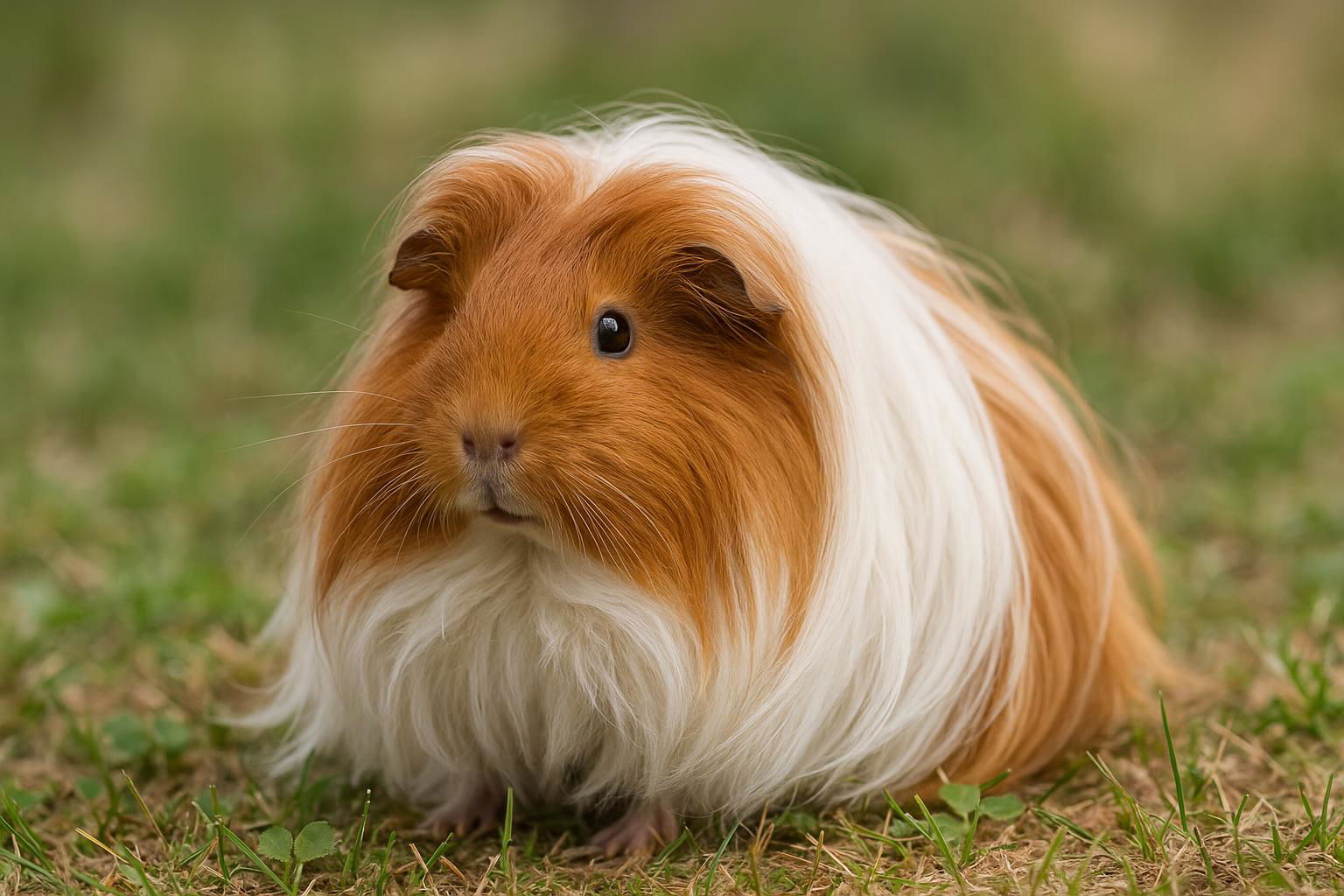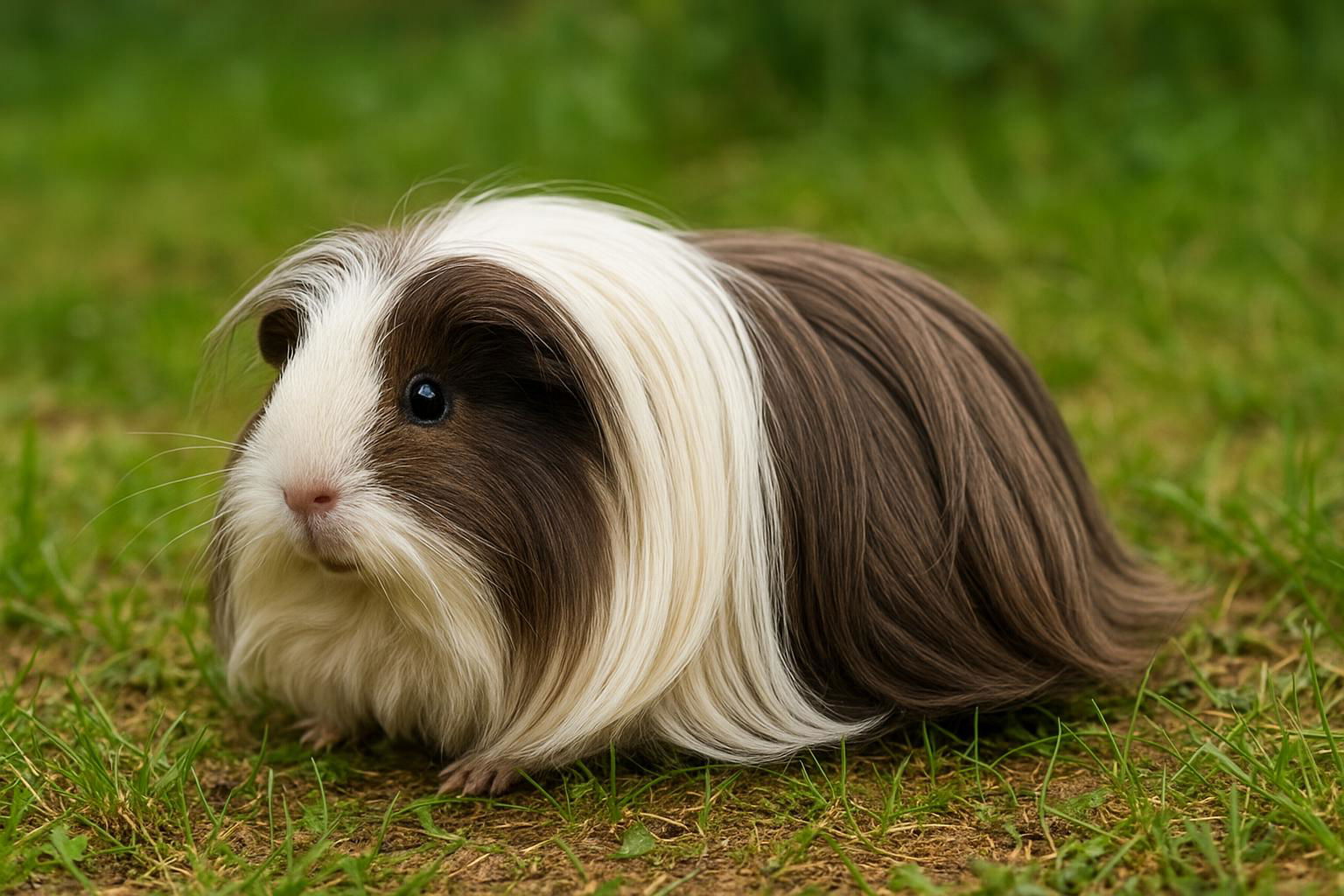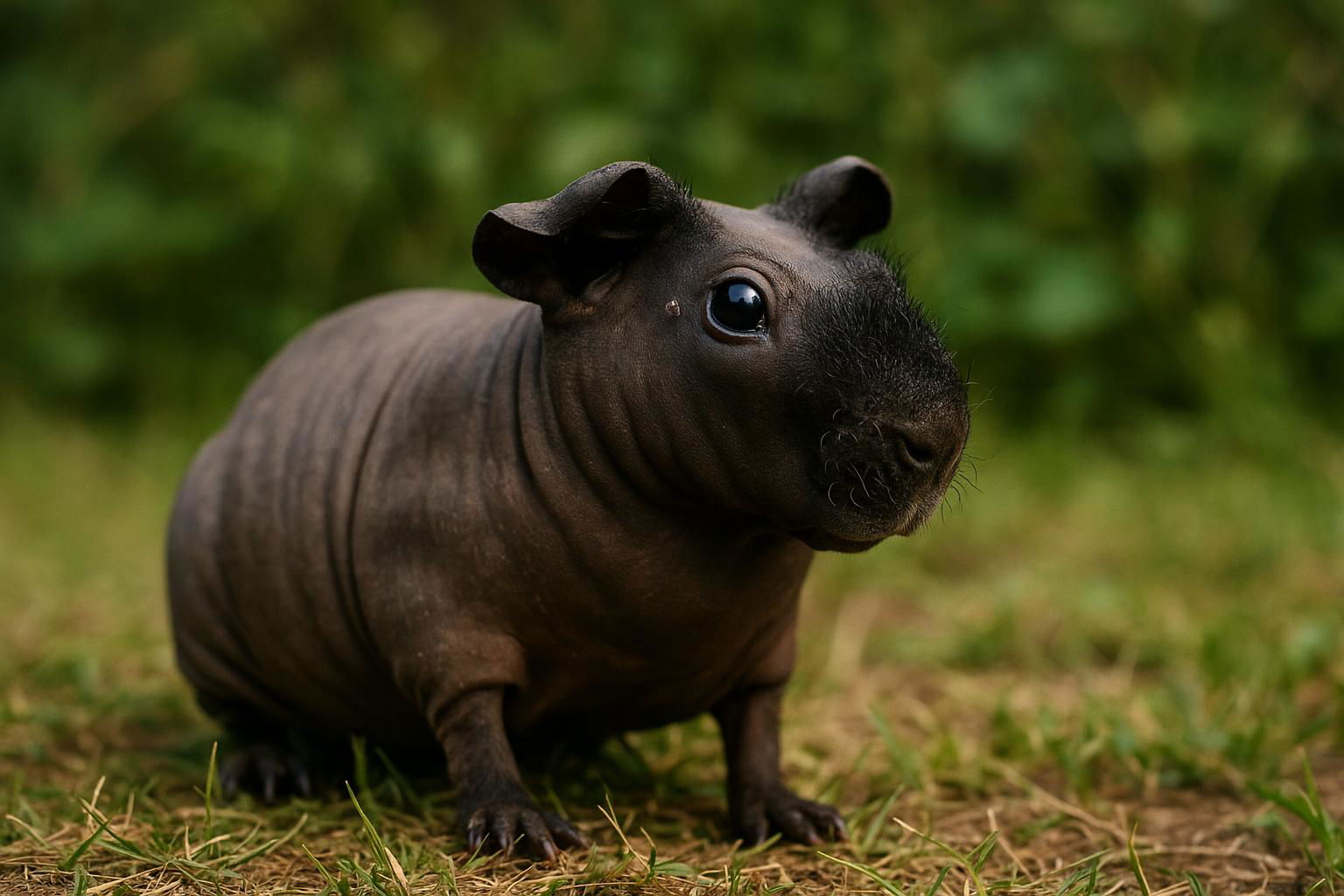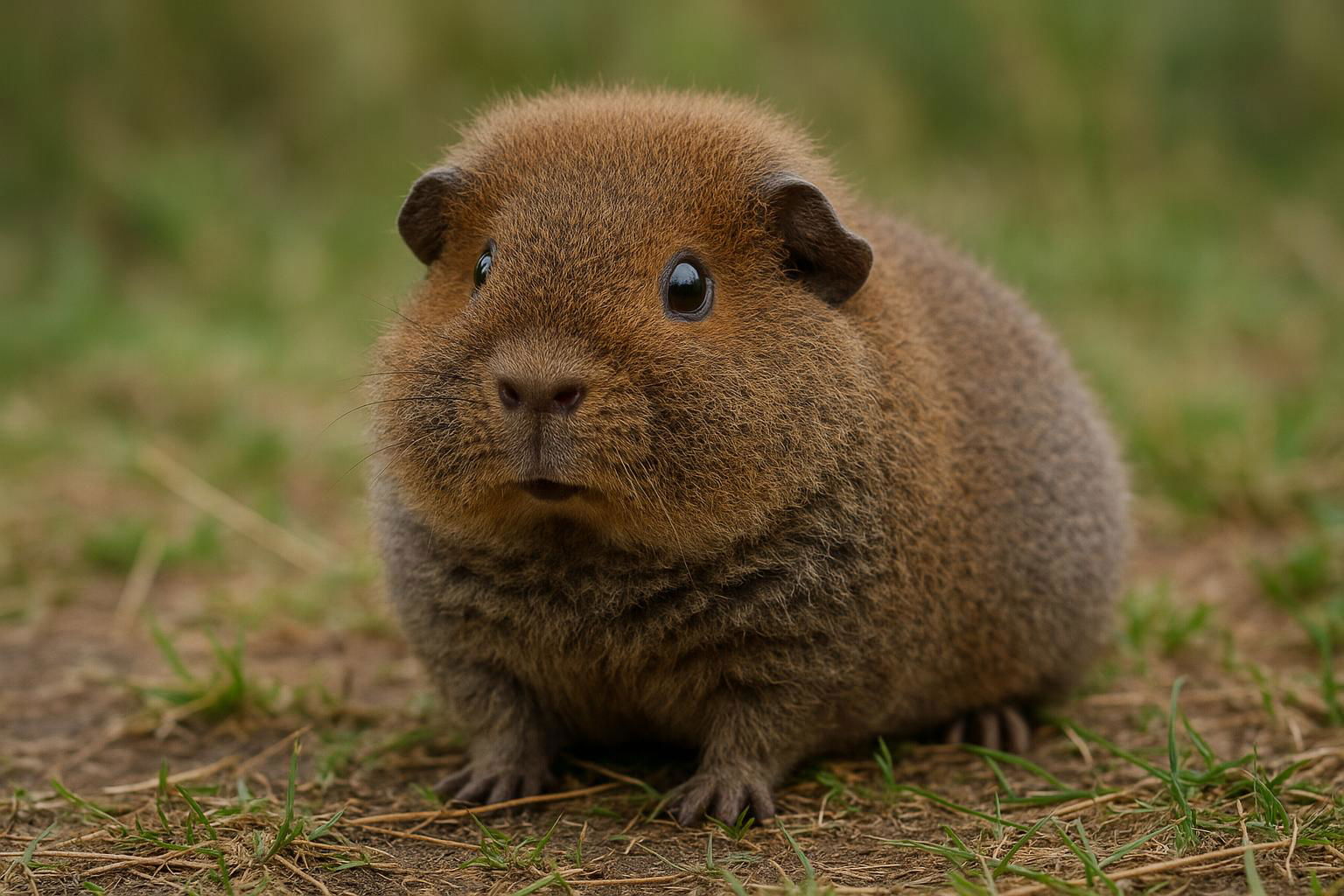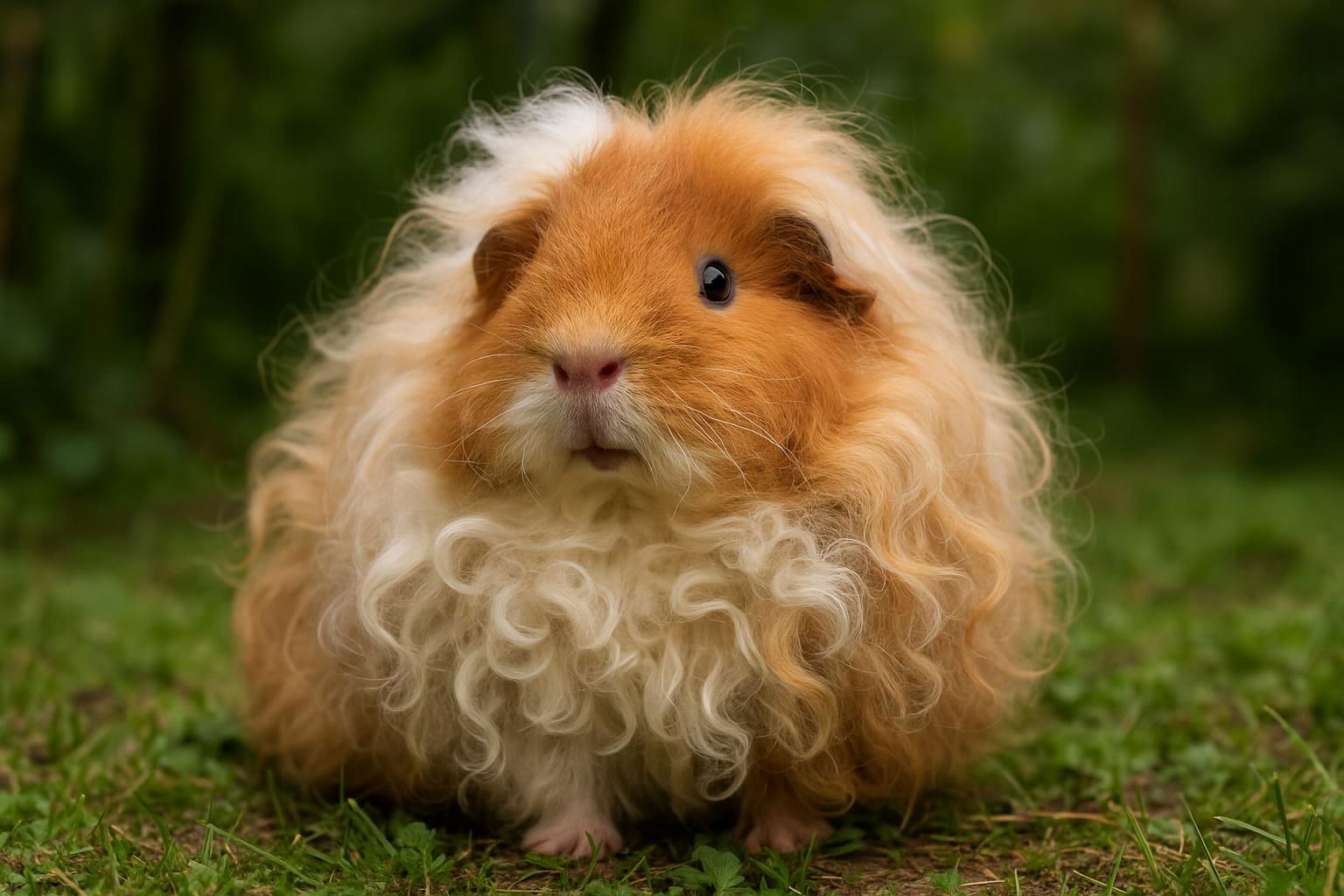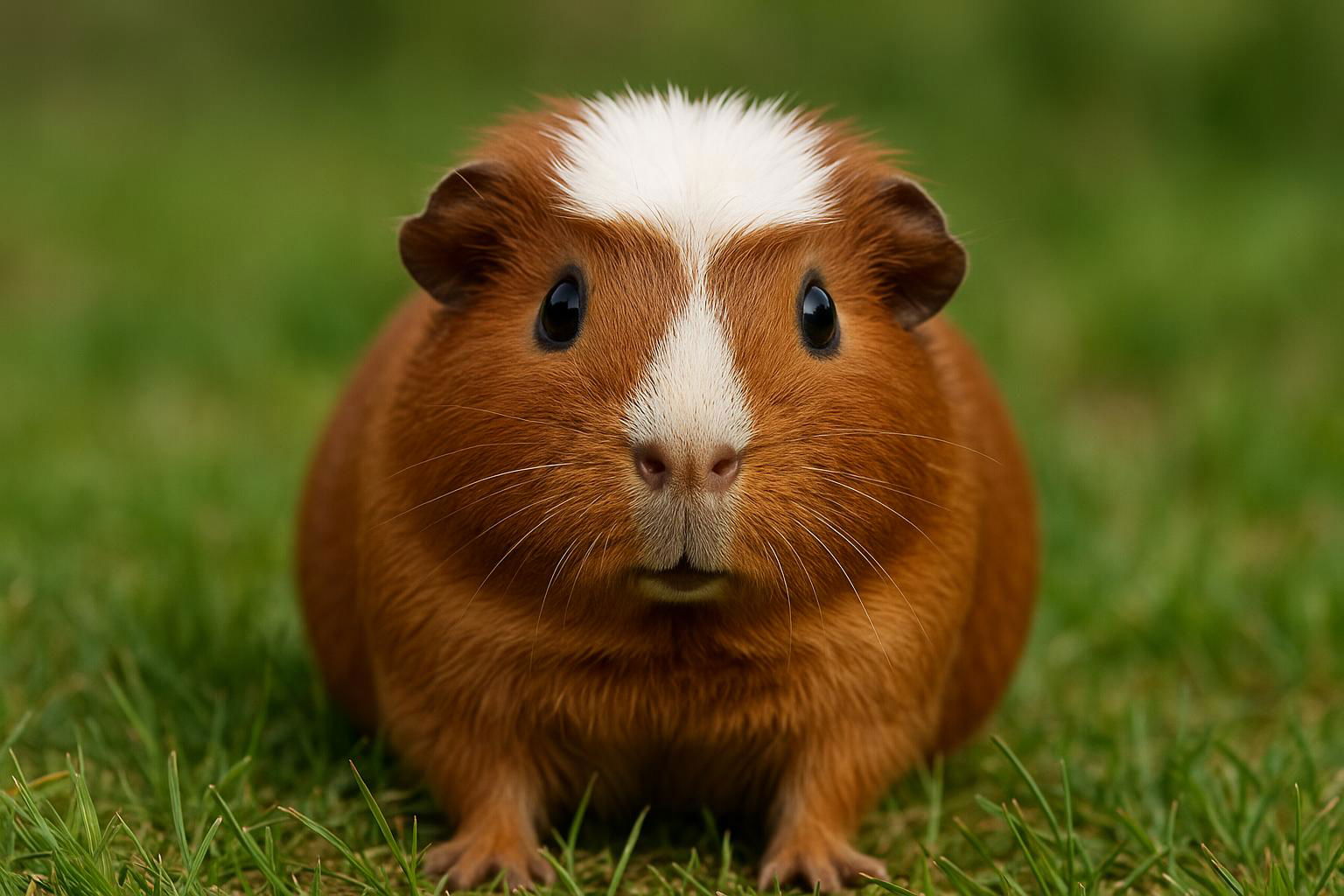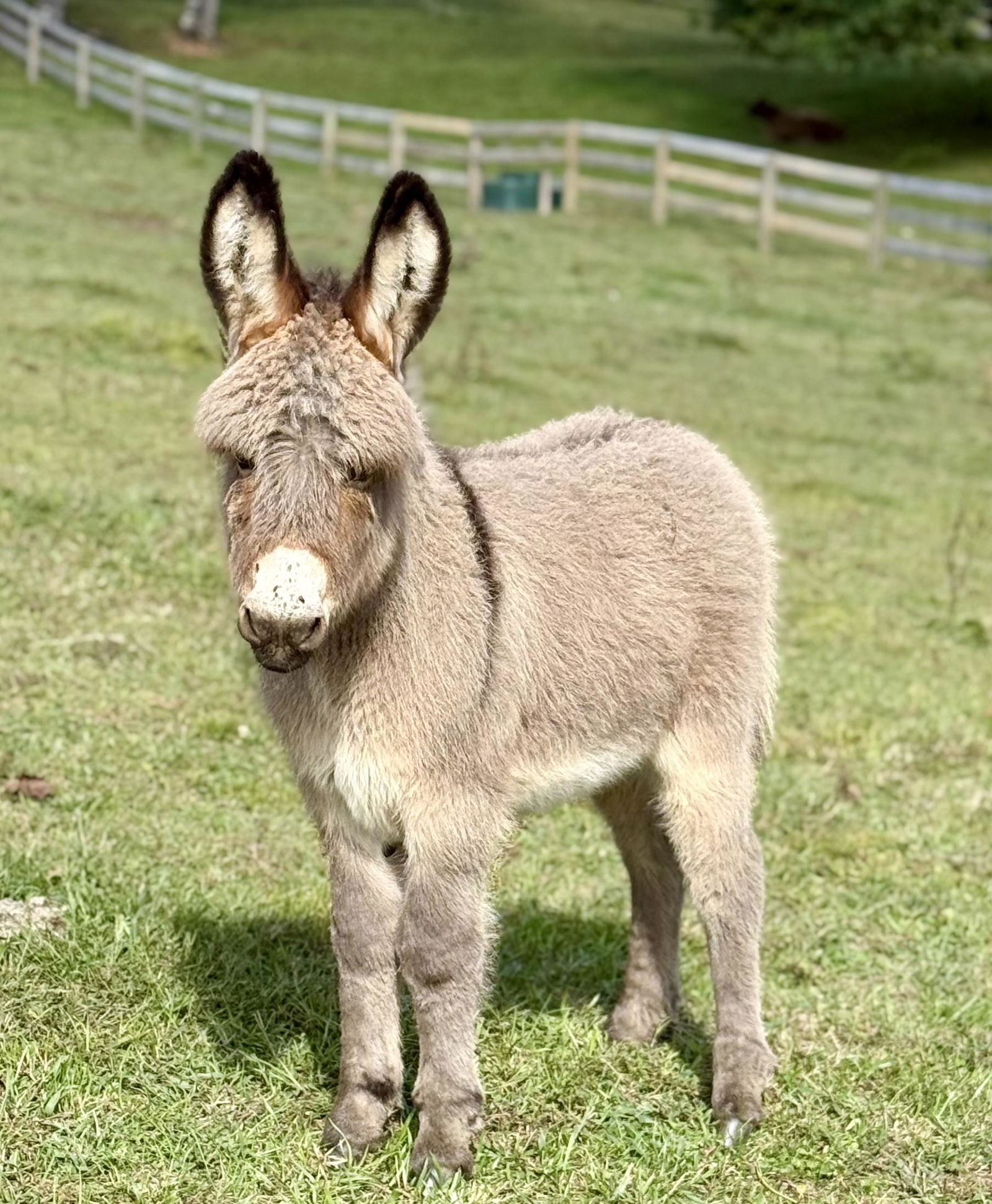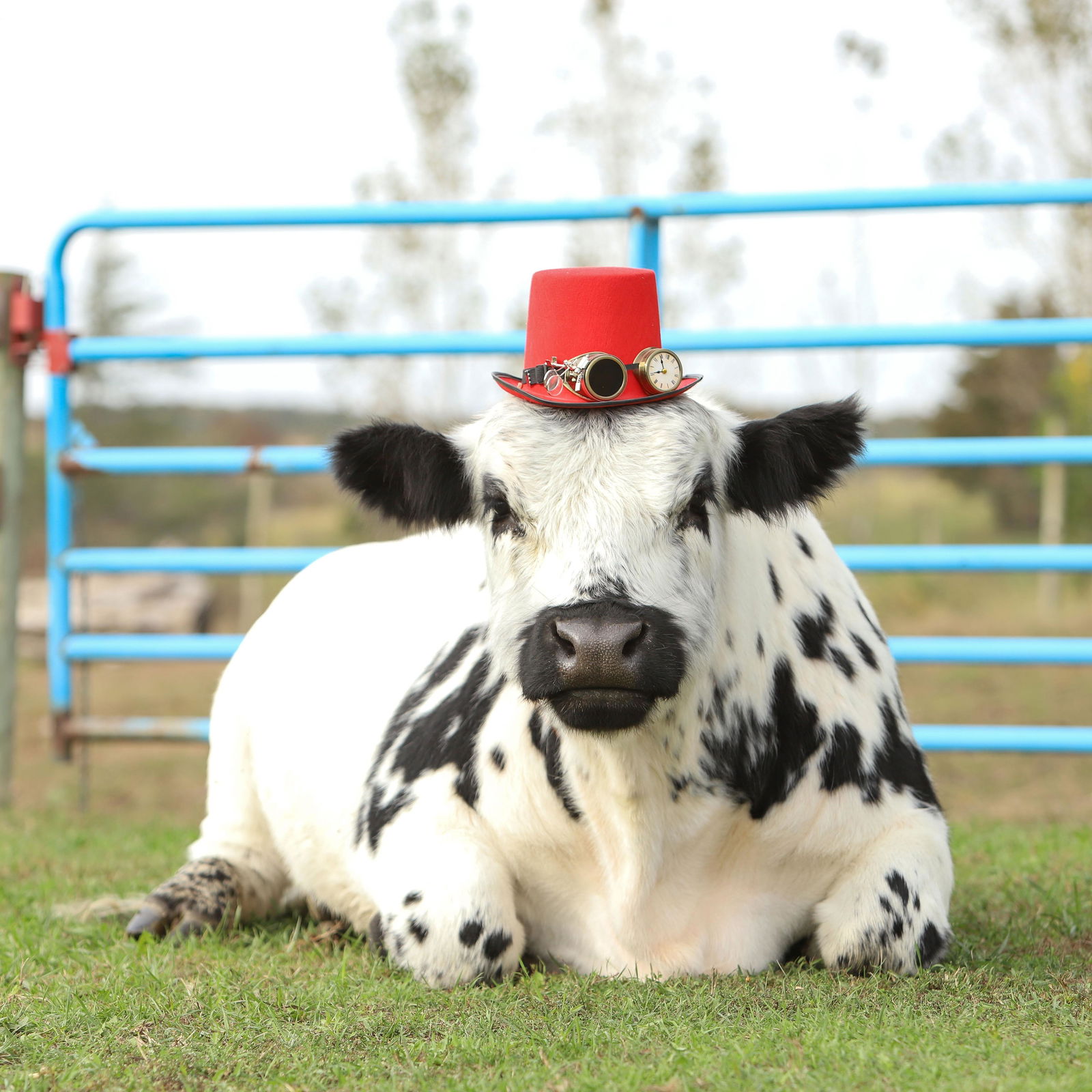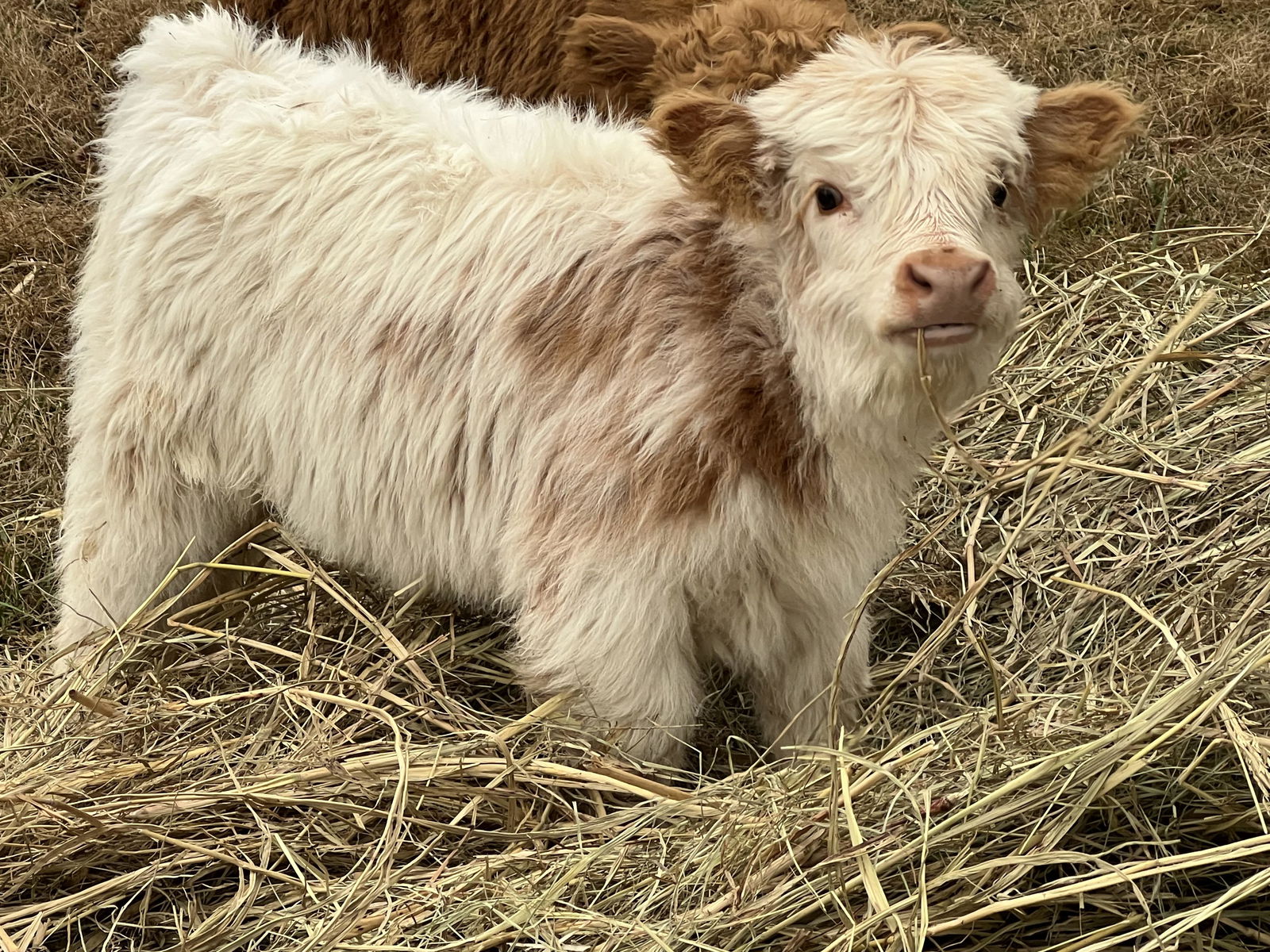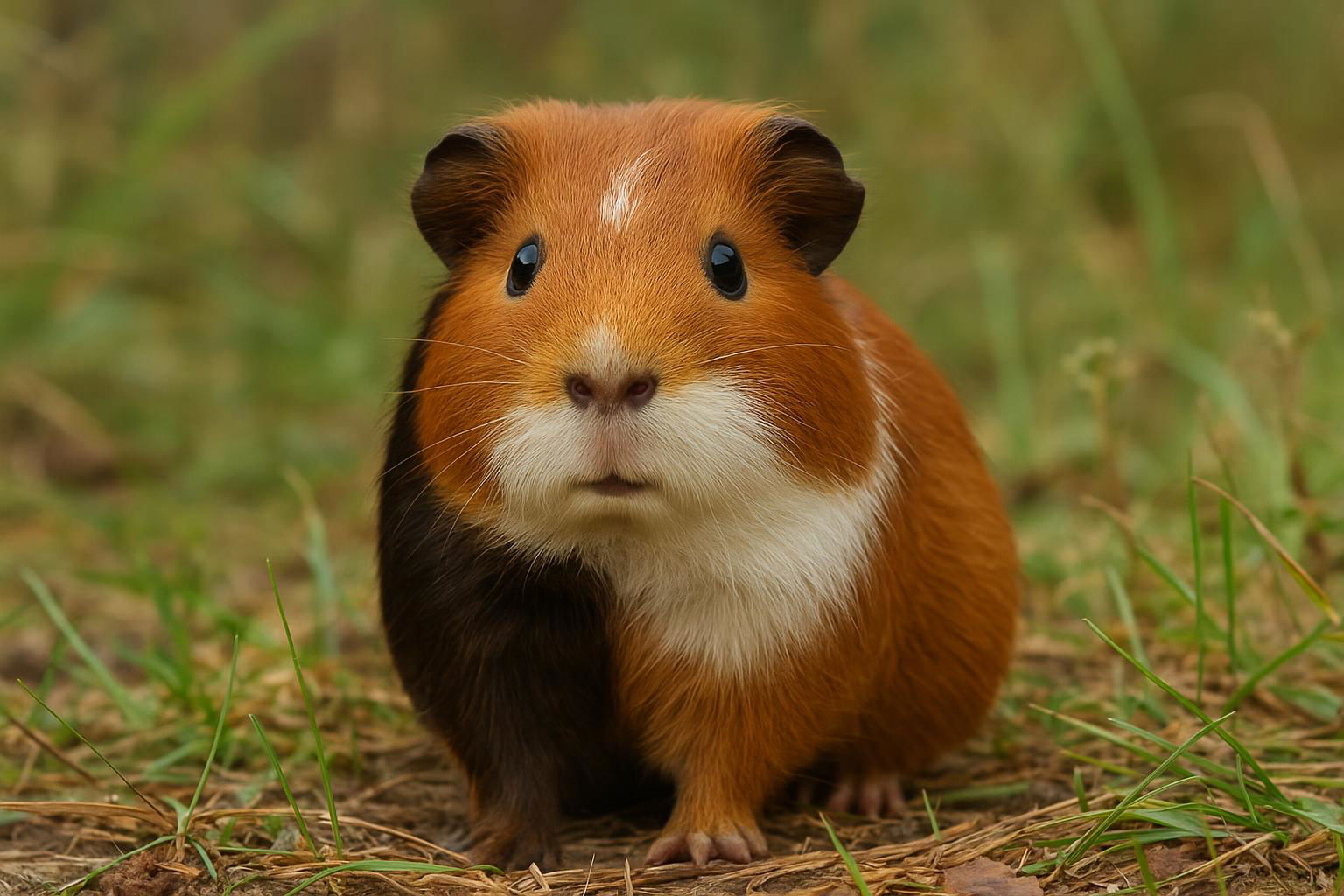
Guinea Pig
Cavia porcellus
The guinea pig, scientifically known as Cavia porcellus, is a small, charming rodent native to the Andes Mountains in South America. Despite their common name, guinea pigs are neither pigs nor from Guinea; they are part of the Caviidae family and are more closely related to other South American rodents. These sociable creatures are known for their plump bodies, short limbs, and lack of a tail. Adult guinea pigs typically range from 20 to 25 centimeters (8 to 10 inches) in length and can weigh between 700 to 1,200 grams (1.5 to 2.6 pounds). Their fur varies widely in color and texture, with diverse breeds boasting an array of patterns and coat types, from smooth and short to long and curly.
Guinea pigs are herbivores, subsisting on a diet predominantly comprised of hay, supplemented by fresh vegetables and vitamin C-rich fruits, as they are unable to synthesize this essential nutrient on their own. Known for their gentle and docile temperament, guinea pigs communicate with a series of vocalizations, including whistles, purrs, and chirps, reflecting their emotional state and social interactions. In captivity, these animals thrive in pairs or small groups, needing space to explore and exercise. Their engaging nature and relatively easy care requirements make them popular pets worldwide. However, in some South American cultures, guinea pigs maintain their traditional role as a food source, highlighting their dual status as both companion animals and livestock.
View 12 guinea pig breeders in the Creatures breeders directory.

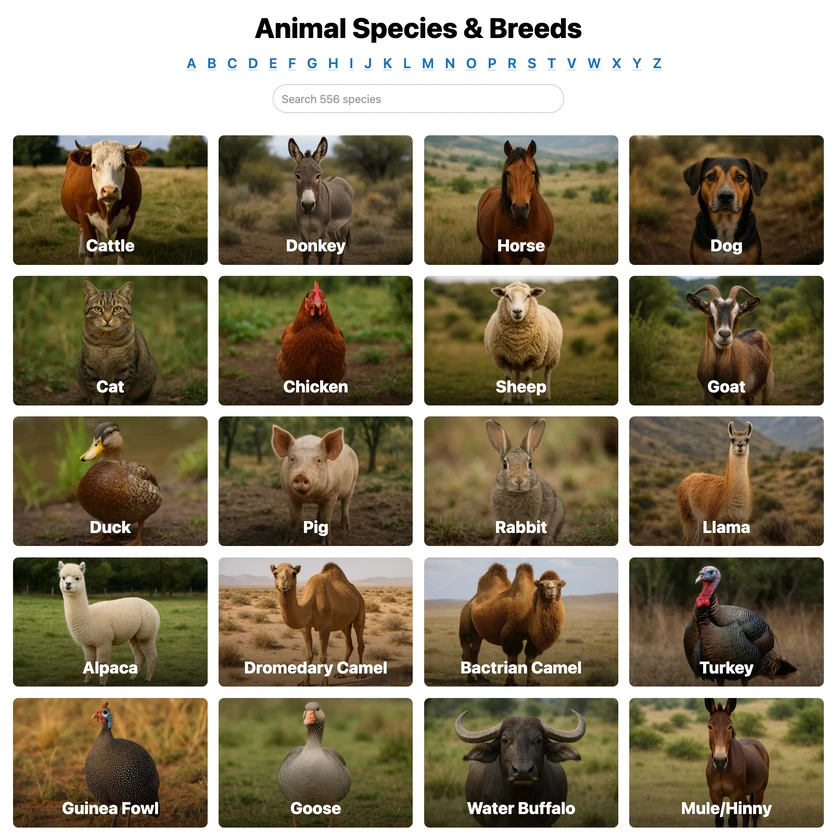 All Species & Breeds
All Species & Breeds
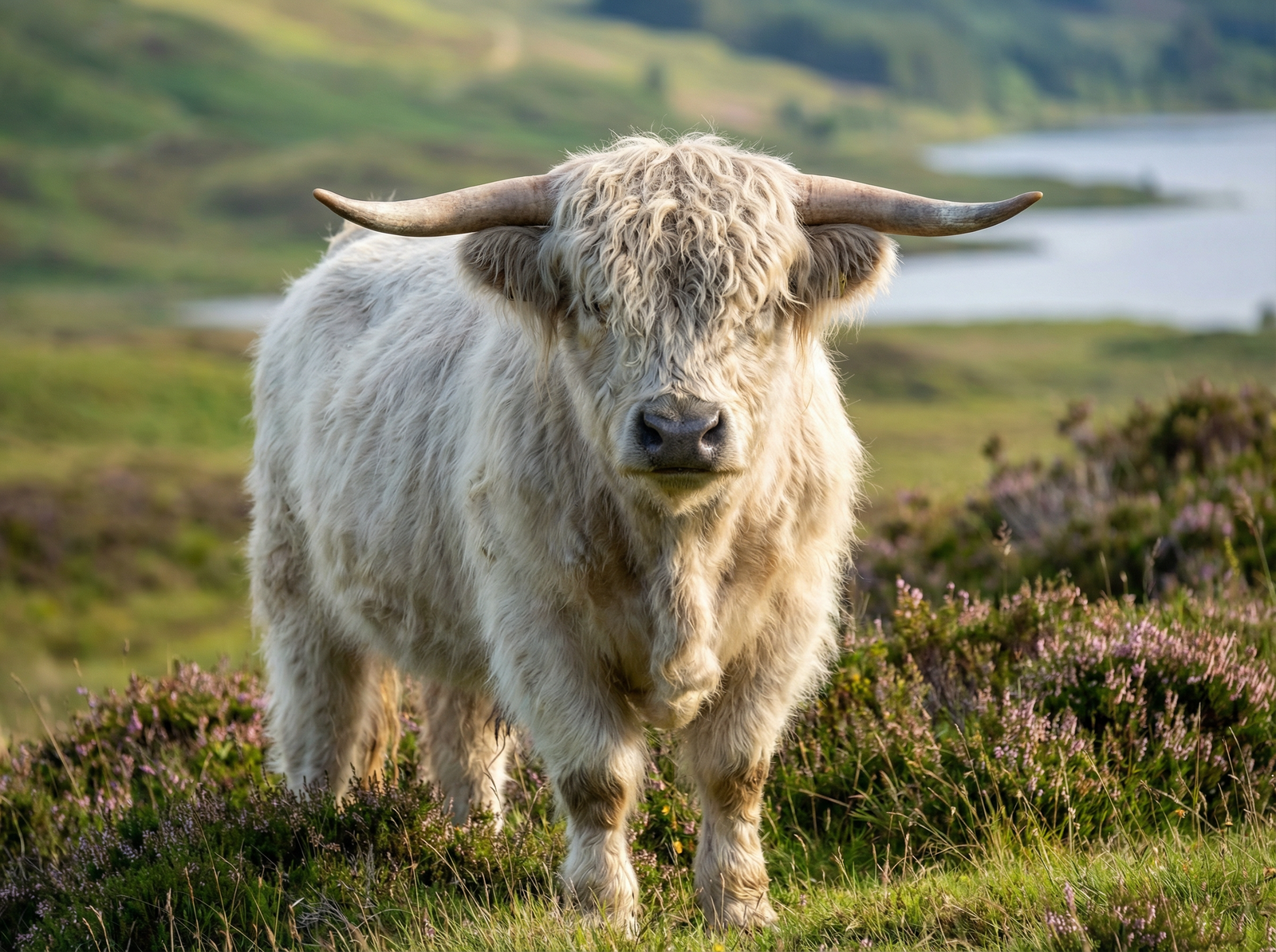 Highland Cattle
Highland Cattle
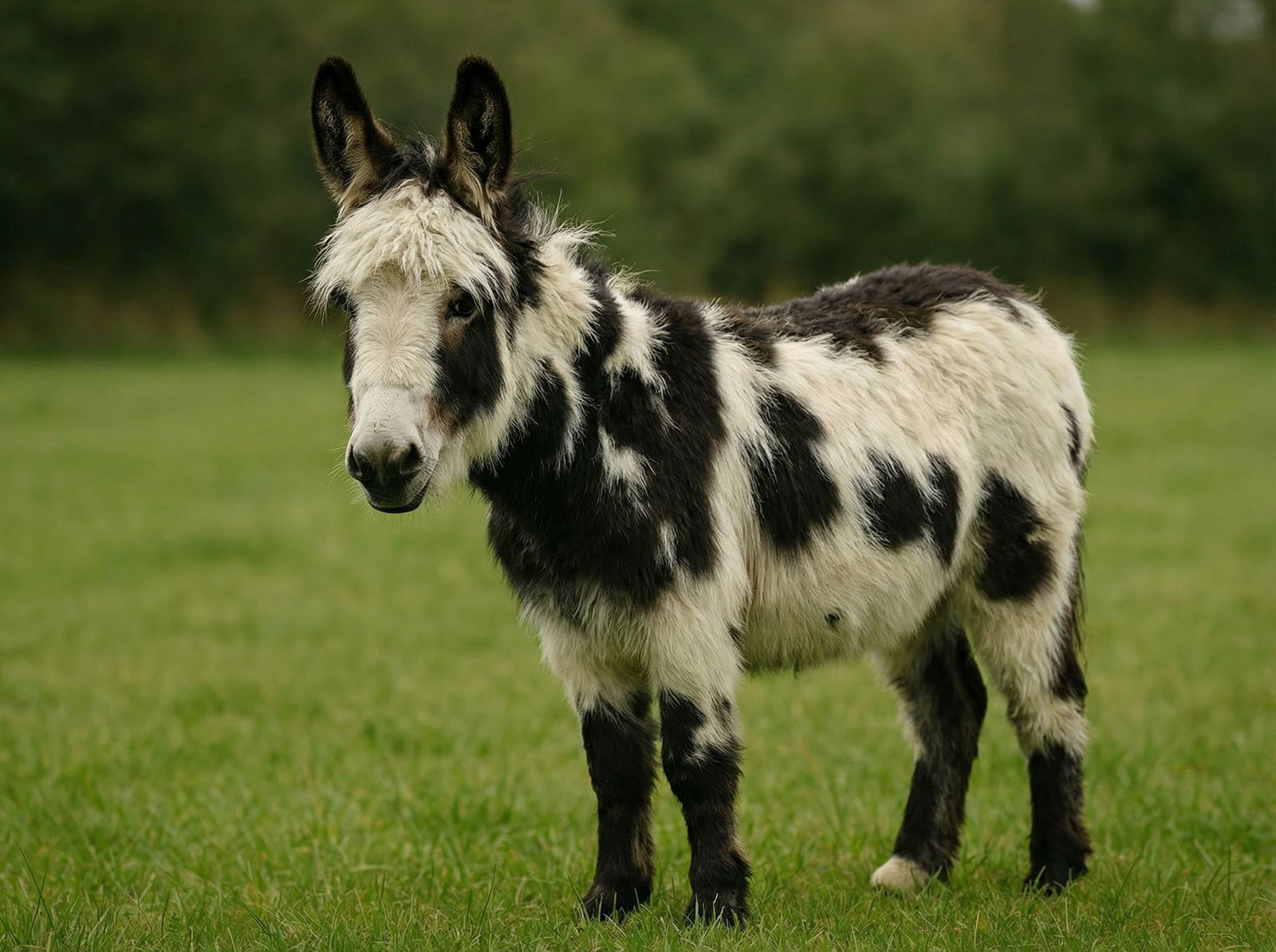 Miniature Donkeys
Miniature Donkeys
 All Species Directory
All Species Directory
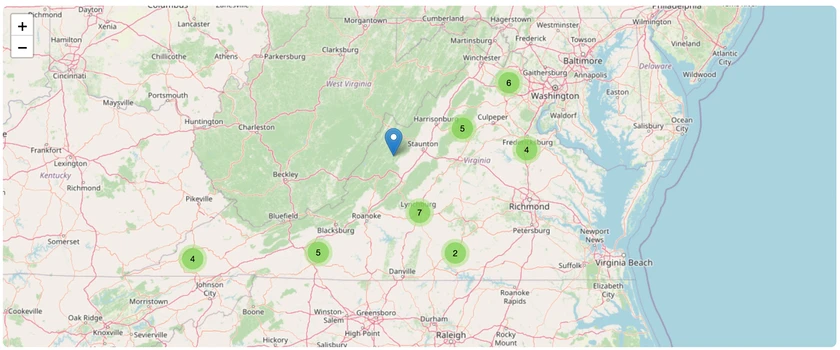 Highland Cattle in Virginia
Highland Cattle in Virginia
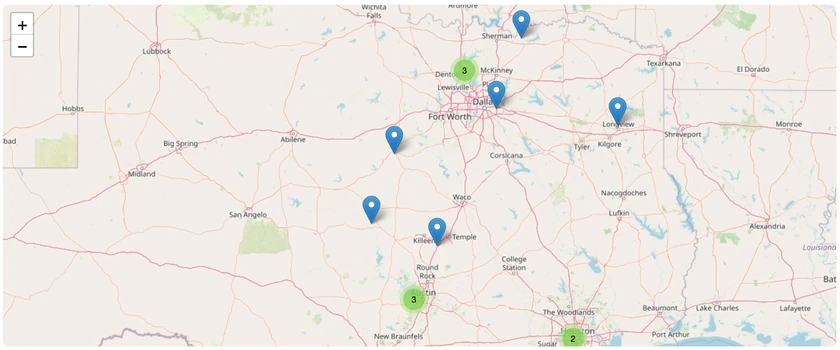 Miniature Donkeys in Texas
Miniature Donkeys in Texas
